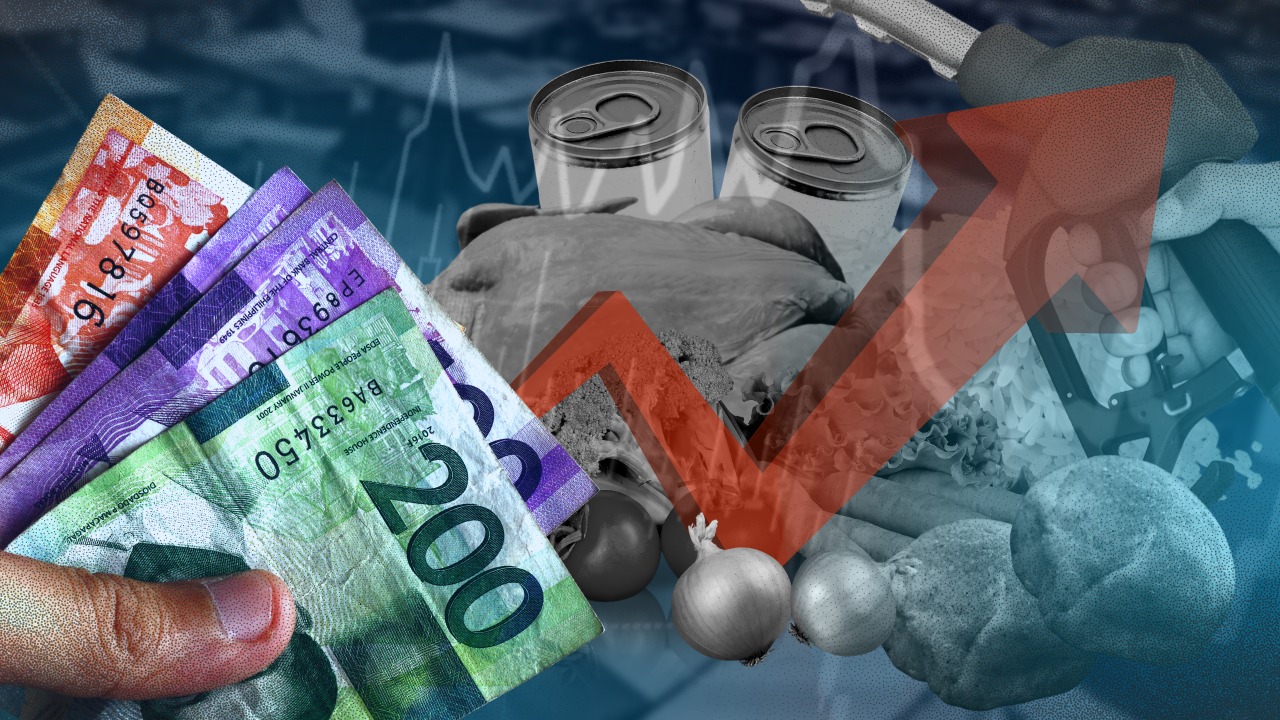
rich9 PH inflation likely picked up in Oct
7xm
rich9 PH inflation likely picked up in Oct
Updated:2024-11-04 04:23 Views:58

INQUIRER FILE PHOTO
Higher oil and food prices and a weaker peso likely caused inflation to accelerate in October between 2 percent and 2.8 percent from an over four-year low of 1.9 percent in September, according to the Bangko Sentral ng Pilipinas (BSP).
The BSP noted in its inflation outlook that October saw higher prices of vegetables, fruits and fish and petroleum products. The impact, however, may be softened by cheaper rice and meat along with lower electricity rates.
Article continues after this advertisementREAD: Philippine inflation slows to 1.9% in September 2024
FEATURED STORIES BUSINESS Global Dominion dominates with 1B pesos of loans released in a month BUSINESS Trump vs Harris: Views from PH biz BUSINESS Parisian: The footwear that grew with ShoemartThe latest projection puts the year-to-date average inflation at 3.29-3.37 percent, which remains well within the BSP’s inflation target for the year of 2 percent to 4 percent.
“Going forward, the Monetary Board will continue to take a measured approach in ensuring price stability conducive to balanced and sustainable growth of the economy and employment,” it added.
Article continues after this advertisementLast month, headline inflation fell sharply to its lowest rate in more than four years of 1.9 percent, driven by a slower rise in costs for food, transport, housing and utilities like water, according to the Philippine Statistics Authority.
Article continues after this advertisementThis was markedly slower than the 3.3 percent in August and the 6.1 percent in September last year.
Article continues after this advertisementRizal Commercial Banking Corp. chief economist Michael Ricafort, meanwhile, estimates that October inflation settled at 2.4 percent.
“The 1.9 percent inflation for September 2024 could already be the lowest for 2024, largely due to higher base or denominator effects,” he said in a Viber message.
Article continues after this advertisementHe also cited the impact of severe tropical storm Kristine, highlighting that it could cause some temporary spike in prices until supply chains normalize.
Subscribe to our daily newsletter